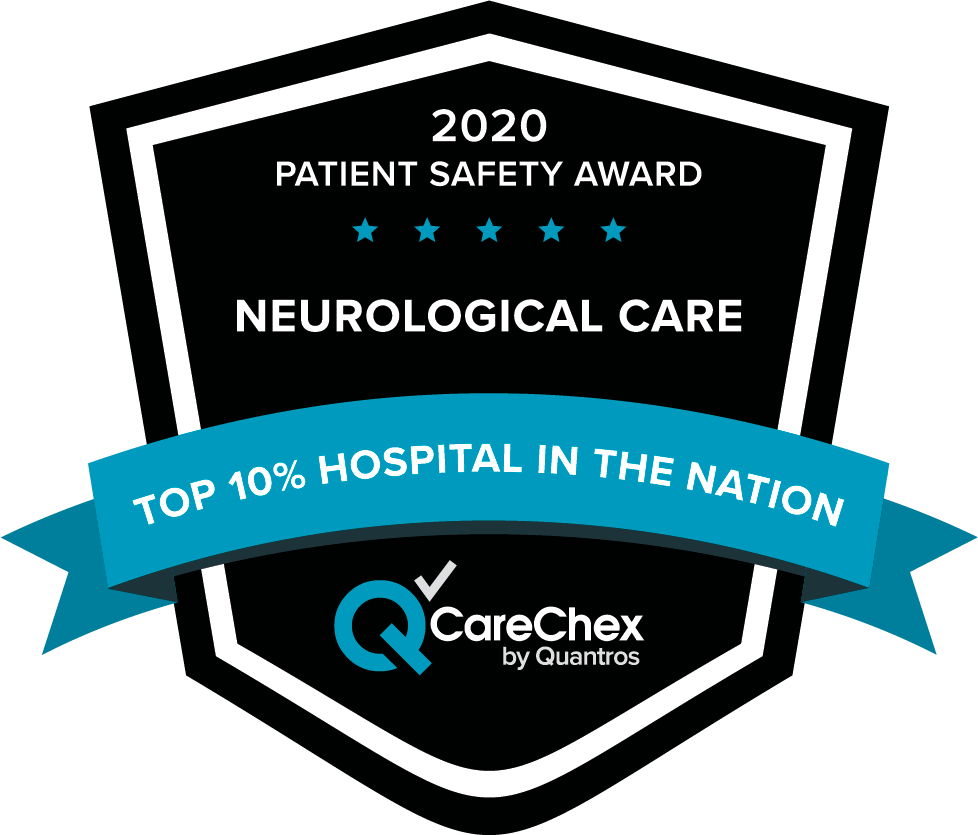| Medication Name: | Soma / Carisoprodol |
| Dosage: | 350 mg |
| Delivery: | US2US EU2EU Int. |
| Price: | from $1.46 per pill |
| Availability: In Stock | Visit DrugStore |

What are the main side effects and potential risks associated with the use of soma?
Muscle relaxants are widely used in the management of nonspecific low back pain (LBP). Around 35% of patients who visit a primary care physician for LBP receive a prescription for these medications. The term “muscle relaxants” is broad and covers different classes of drugs with diverse indications and mechanisms of action. They are generally divided into two categories: antispasmodic and antispasticity agents.
Antispasmodic drugs are prescribed to reduce muscle spasms linked to painful conditions such as low back pain. This group is further divided into benzodiazepines and non-benzodiazepines.
Benzodiazepines (including diazepam and tetrazepam) are widely used not only as skeletal muscle relaxants but also as anxiolytics, sedatives, hypnotics, and anticonvulsants. Current evidence suggests that no specific benzodiazepine is superior in efficacy when used at appropriate doses, though pharmacokinetic differences may influence clinical decision-making.
Non-benzodiazepine antispasmodics represent a diverse group of drugs acting at the level of the brainstem or spinal cord. Their exact central nervous system mechanisms are not yet fully understood. Cyclobenzaprine, structurally related to tricyclic antidepressants, is believed to act primarily in the brainstem. While effective, it is also associated with significant side effects such as sedation. Carisoprodol and metaxalone provide moderate antispasmodic benefits with mild sedative properties. Carisoprodol, in particular, works by inhibiting interneuronal activity within the descending reticular formation and spinal cord, and it is metabolized into meprobamate.
Meprobamate was first introduced in 1955 as an antianxiety medication and is mainly prescribed for the treatment of anxiety, tension, and related muscle spasms. Its onset and duration of action resemble those of intermediate-acting barbiturates, but therapeutic doses of meprobamate generally cause less sedation and toxicity. However, prolonged or excessive use may lead to both psychological and physical dependence.
Chlorzoxazone exerts its effect at the spinal cord and subcortical levels by inhibiting multisynaptic reflex arcs. The exact mechanism of methocarbamol in humans remains unclear, though it is believed to act through central nervous system depression. It has no direct effect on striated muscle contractility, the motor end plate, or nerve fibers. Cyclobenzaprine and orphenadrine possess anticholinergic properties, which explains side effects such as dry mouth. Tolperisone, on the other hand, shows lidocaine-like membrane-stabilizing activity and inhibits both mono- and polysynaptic reflexes at the spinal level in a dose-dependent manner. Unlike many other agents, tolperisone is thought to provide muscle relaxation without significant sedation or withdrawal symptoms.
Some antispasmodic agents, such as tizanidine, have demonstrated additional benefits in animal studies, including gastroprotective effects. This suggests potential advantages in combining these drugs with nonsteroidal anti-inflammatory drugs (NSAIDs), enhancing pain management while reducing gastrointestinal risks.
Types of Interventions
Muscle relaxants may be prescribed either as monotherapy or in combination with other therapeutic strategies. The agents considered in this review include:
– Benzodiazepines (diazepam, tetrazepam)
– Non-benzodiazepine antispasmodics (cyclobenzaprine, carisoprodol, chlorzoxazone, meprobamate, methocarbamol, metaxalone, orphenadrine, tizanidine, flupirtine)
– Antispasticity drugs (baclofen, dantrolene sodium)
Chlormezanone (Trancopal) was excluded because it was globally withdrawn in 1996 due to rare but serious adverse skin reactions such as toxic epidermal necrolysis. Botulinum toxin was also excluded, as it is generally not classified as a muscle relaxant.
Muscle Relaxants versus Muscle Relaxants
Eight clinical studies were identified, including five high-quality trials and three of lower quality. Soma was evaluated in two high-quality studies on acute low back pain. In the first, it was compared to diazepam and showed superior outcomes across all measured parameters. In the second, soma was compared with cyclobenzaprine hydrochloride, and no statistically significant differences were observed between the two treatments.
Chlorzoxazone
In one high-quality trial involving a small group of 27 patients with degenerative lumbar disc disease, chlorzoxazone was compared with tizanidine. No significant differences in outcomes were reported between the two treatments.
Cyclobenzaprine-Hydrochloride
Cyclobenzaprine was evaluated against diazepam in a low-quality study of chronic low back pain, with no significant differences observed. Similarly, in a high-quality trial focused on acute low back pain, cyclobenzaprine showed no significant difference in efficacy compared with carisoprodol.
| 90 pills x 350mg | $182.25 | $2.02 | $20.25 |
| 120 pills x 350mg | $228.96 | $1.91 | $41.04 | |
| 160 pills x 350mg | $270.00 | $1.69 | $90.00 | |
| 200 pills x 350mg | $292.50 | $1.46 | $157.50 |
Diazepam
A high-quality study demonstrated that diazepam was less effective than carisoprodol in managing muscle spasm, global efficacy, and functional improvement in acute low back pain. Another small high-quality trial with 30 participants compared diazepam with tizanidine and found no significant differences in pain relief, functional status, or muscle spasm reduction after seven days of treatment.
Performance of Muscle Relaxants versus Muscle Relaxants
Overall, the comparative analysis of different muscle relaxants revealed that carisoprodol showed superiority over diazepam in one high-quality study. For all other comparisons, no muscle relaxant demonstrated clear superiority. Across trials, muscle relaxants consistently exhibited moderate efficacy paired with limited tolerability.
Muscle Relaxants as Adjunctive Therapy
Clinical evidence and prior literature suggest that muscle relaxants may be more beneficial when used as adjuncts to other therapeutic strategies, particularly analgesics and NSAIDs. This review confirmed strong evidence that combining muscle relaxants with analgesics or NSAIDs can improve treatment outcomes and accelerate recovery. However, this benefit comes with an increased risk of central nervous system side effects.





 Orange County Global Medical Center continues to offer the latest advancements in cardiology care services to our patients. As a County of Orange designated STEMI Receiving Center, our hospital provides patients with a variety of amenities and cardiac treatment options. As a comprehensive hospital, you will be provided with the highest quality of care. We look forward to serving your needs.
Orange County Global Medical Center continues to offer the latest advancements in cardiology care services to our patients. As a County of Orange designated STEMI Receiving Center, our hospital provides patients with a variety of amenities and cardiac treatment options. As a comprehensive hospital, you will be provided with the highest quality of care. We look forward to serving your needs.
 Orange County Global Medical Center proudly provides the local community of expecting mothers with comprehensive maternity services. As a Level III Neonatal ICU (NICU), we provide services to help new families with premature infants (including patients at less than 28 weeks of gestation), respiratory distress, infants of diabetic mothers, bilirubin issues, and others.
Orange County Global Medical Center proudly provides the local community of expecting mothers with comprehensive maternity services. As a Level III Neonatal ICU (NICU), we provide services to help new families with premature infants (including patients at less than 28 weeks of gestation), respiratory distress, infants of diabetic mothers, bilirubin issues, and others. Orange County Global Medical Center is proud to partner with the American Trauma Society and it’s Trauma Survivors Network to help patients and their families, who have experienced trauma. Treatment and support doesn’t stop once you leave our hospital.
Orange County Global Medical Center is proud to partner with the American Trauma Society and it’s Trauma Survivors Network to help patients and their families, who have experienced trauma. Treatment and support doesn’t stop once you leave our hospital.


